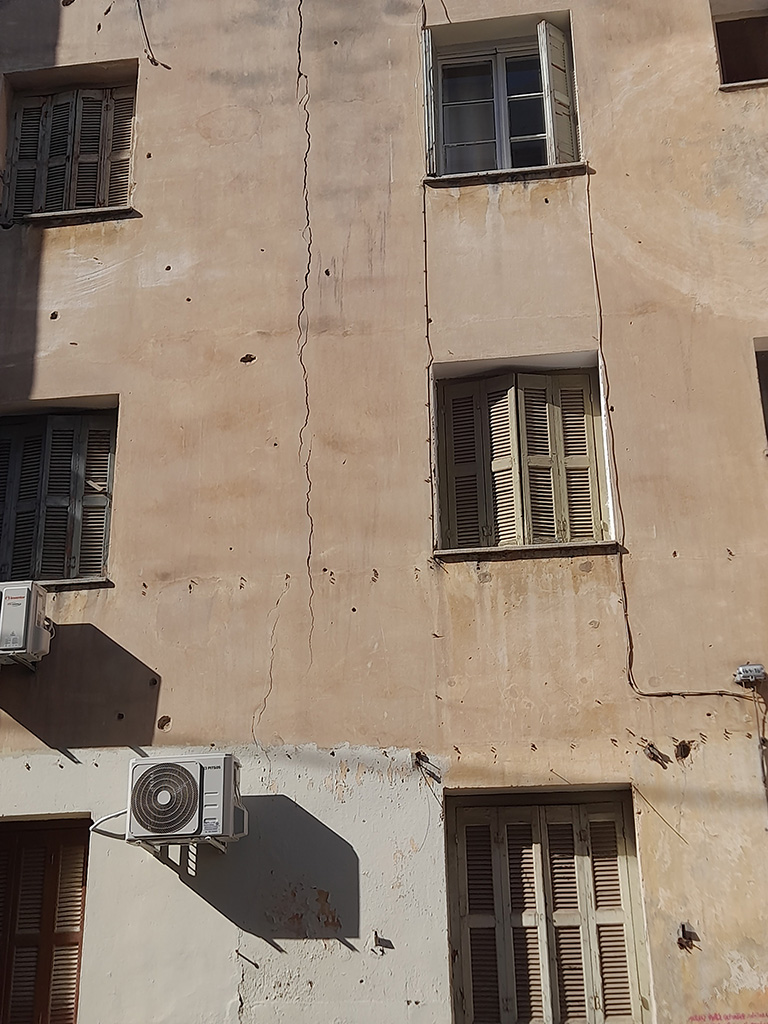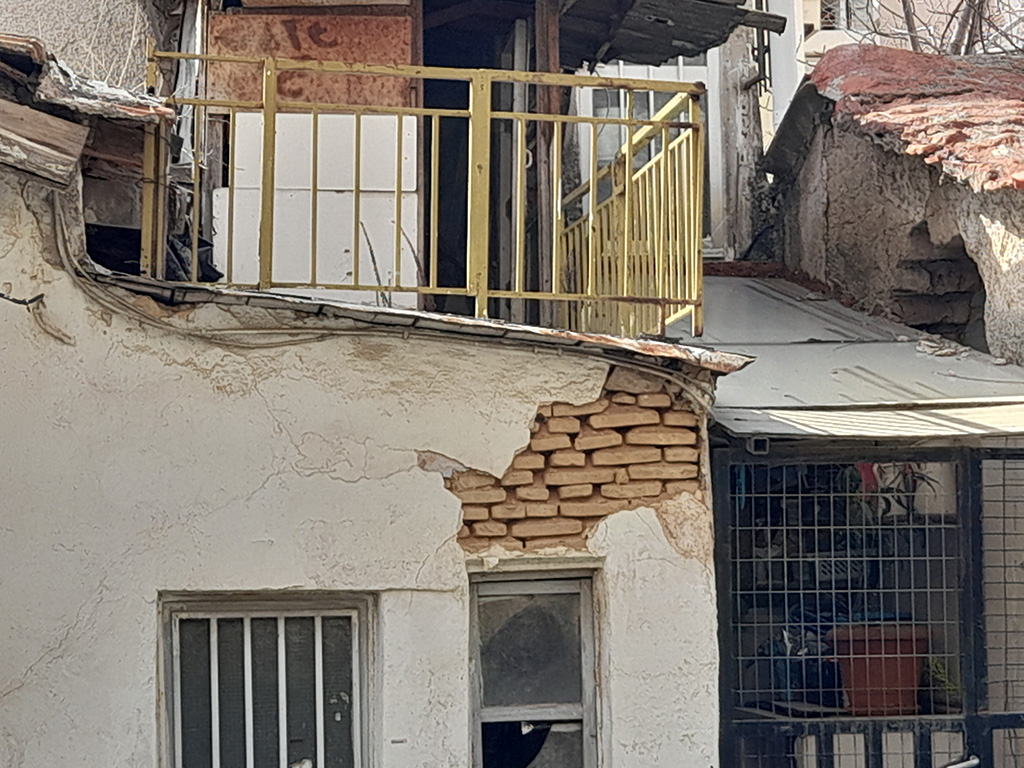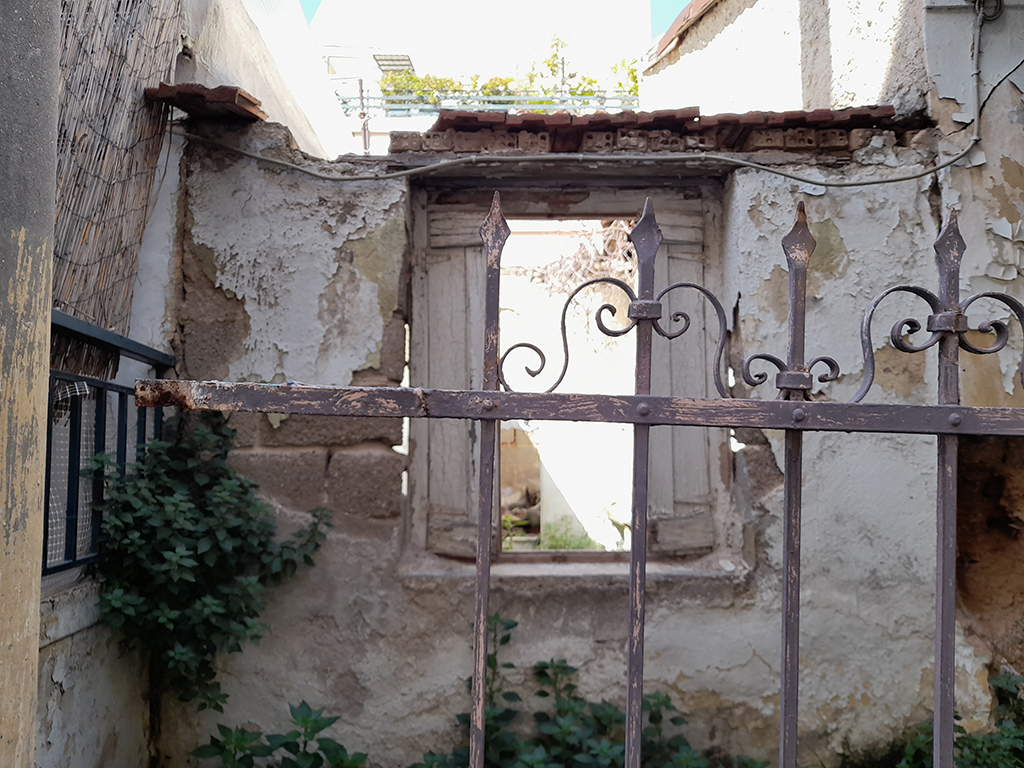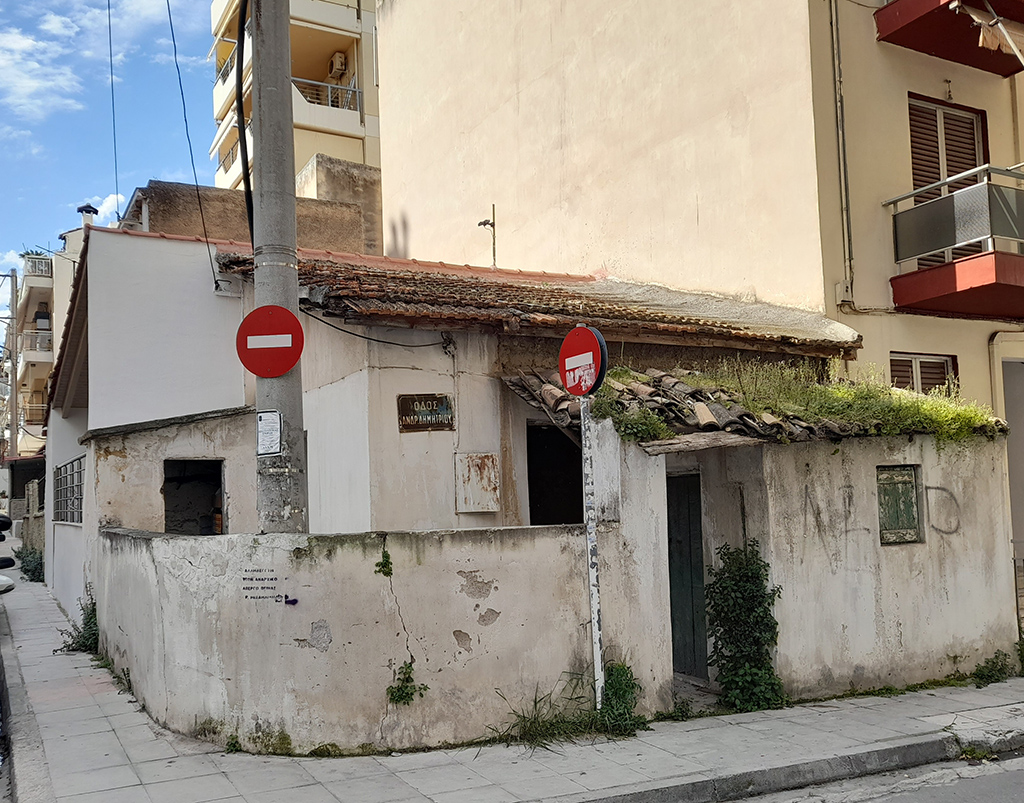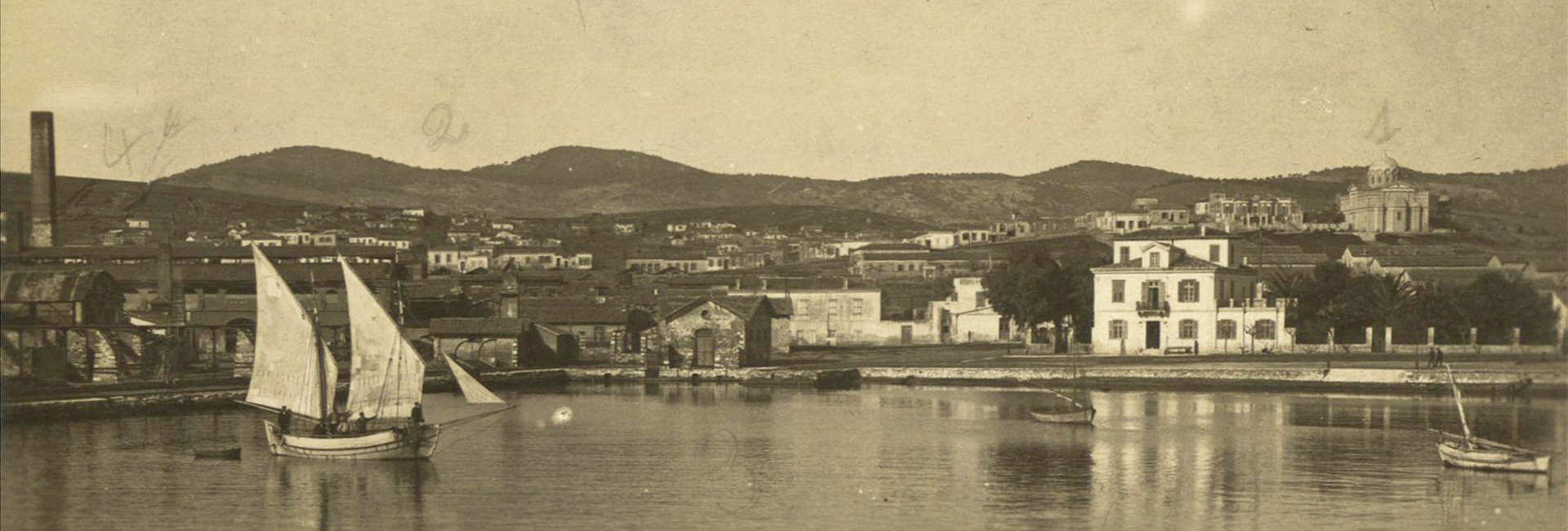
Lavrio
May 17, 2023
Nea Ionia
May 17, 2023Kaisariani
Prior to 1922, Kaisariani was known to the Athenians as a countryside spot on the foothill of Mt. Hymettus; people visited it for the Byzantine Monastery and the wonder-working source of water with a marble ram head as a spout, reportedly making women fertile. In 1917 the area beneath the monastery, bushy and rocky, was planned to become a grove, but the refugee wave from Asia Minor changed these plans.
The story goes like this: In September 1922, around “Syngrou” hospital of contagious diseases was formed a camp with tents offered by the Refugees’ Relief Fund. The reason was that many refugees, particularly women, had been infected during their persecution and were hospitalised, so the relatives stayed nearby to take care of them. In the beginning of 1923 plots measuring 231 acres in total, spreading from this camp to the foothill of Mt. Hymettus, along Heridanos stream, were expropriated. On May 25th 1923 started the construction of the settlement which was called “Syngrou settlement” in the beginning. It comprised 500 wooden and 1000 adobe shacks, about 20 square meters each. The initial plan provided for 10-12 shacks in every block, with a common space in the middle and common toilets. The roof was covered with tin and tar paper. Quite often, the refugees had to finish their houses on their own, by adding doors and windows, for example. The simple arrangement let them transform the room according to their needs, in order to serve the needs of the families, usually counting several members. In order for the refugees to settle in the shacks, however, they often had to enter them and refuse to go. The testimony of the renowned singer and musical producer Domna Samiou, born in Kaisariani, is revealing:
On a Sunday afternoon a wedding was taking place and my father, as a kind of distraction, as he didn’t go to the coffee shops, he didn’t drink, went to the church to watch the wedding. My mother stayed in the tent, she was pregnant with my sister. She waited for Yangos to return, it turned late, ten, eleven, twelve, one o’clock, the church was closed, there was nobody inside. What happened to Yangos, where did Yangos go? She was worried, she didn’t know what to do, she didn’t sleep waiting for Yangos. Early in the morning Yangos comes home. “Where have you been?” she asked worried. “Be quiet”, he said. “In the church I heard that they were distributing shacks and I ran and entered in one of them and sat there so that no one else would take it.” And he stayed till the morning. He was given the shack or he took it on his own, I don’t know. Thank God it was at the end of the block, so it had a window over the narrow alley and it was sunny and airy. This is how Yangos got the shack. In the morning, he asked a neighbor to watch the shack, so that nobody else would take it and ran to tell Maria to carry their belongings.
…
Next to the shack my father had made a little kitchen out of tins. He had turned the metal tins open and he had made a tiny kitchen so that my mother could cook there, we ate there as if it was a dining room. it also had a washing basin and every Saturday she washed us, she gave us a bath, all of us, my father, my sister and me. She had a big barrel in the kitchen, where she gathered rain water, because with the rain water the hair and the clothes were cleaned better.
Towards the end of the 1920s started the construction of the so-called quadruple houses, i.e. two-storeyed blocks, some of which are still extant in Ethnikis Antistaseos street. Around the same time were built also the multi-storeyeed blocks of flats in the area demarcated by the streets Leonida Manolidi, Neas Efesou, John Kennedy and Iroon Polytechneiou. In the course of the Battle of Athens, in December 1944, these blocks were shot and they still bear marks of bullets and missiles.
In contrast to Vyronas, Kaisariani was not so well planned; therefore the inhabitants complained constantly about the water system, the sewage, the lack of school and nursery. The First Primary School was built as late as 1928 following a donation by Helena Venizelou. At the same time just opposite the school were erected the headquarters of the sports’ club Near East, funded by the American Organization Near East Relief. The inhabitants had been self-organized and took care of the safety of the neighborhood, particularly from underground types aiming at seducing orphaned girls or young widows.
In 1934 Kaisariani acquired the status of a municipality, but many problems remained, as attested by the municipal councils’ records. The stream Eridanos (Dere, as it was called by the locals in Turkish), was filled with dunn, thus threatening public health, whereas the private companies that were cleaning the sewage asked for enormous amounts of money. The schools were not enough nor were the water pipes (each block of shacks had one tap only). Diseases were spread and made the population suffer; tuberculosis was particularly widespread. This was the reason why the Hellenic Anti-Tuberculosis Society asked for a plot on the corner of Vryoulon and Zephyrou streets, in order to build a medical post for combating the disease.
Over the years, many inhabitants of Kaisariani managed to build better, more stable houses with roofs that were not dripping. Due to the fact that most of them were working-class people and because the Greek state rarely responded to their demands, they supported the left-wing political parties and, during WWII they sided with EAM-ELAS, the communist liberation front. The Germans turned the Shooting Club (Skopeftirio) into an execution spot and the locals responded with sabotage and armed resistance. In the post-war period, particularly after 1970s, Kaisariani was rebuilt and nowadays it is a city with blocks of flats and intensive commercial activity.

